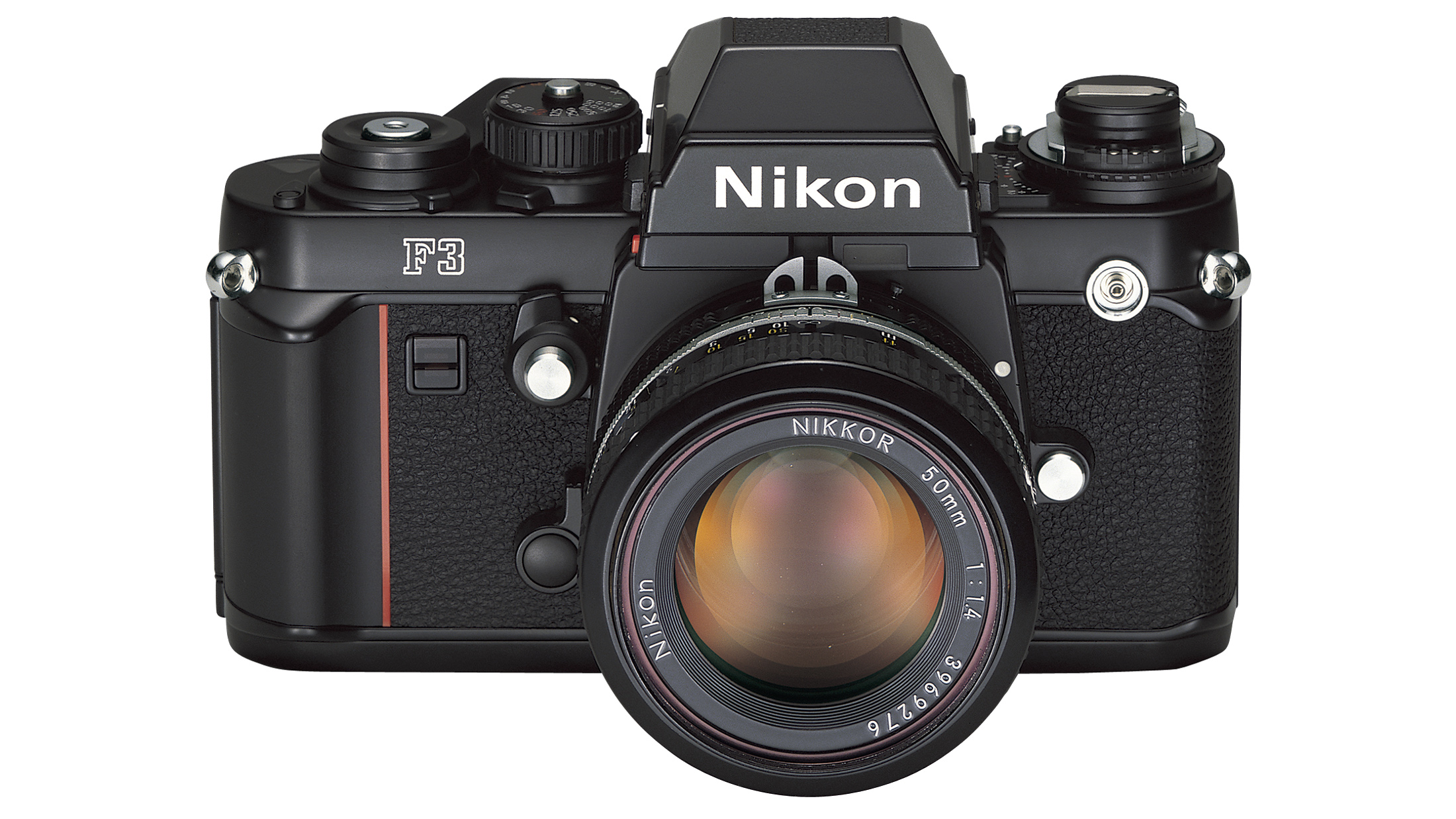The best PTZ cameras in 2025: for streaming, web conferencing & broadcast
Providing Pan/Tilt/Zoom for conferencing, streaming video, and broadcasting, these are the best PTZ cameras
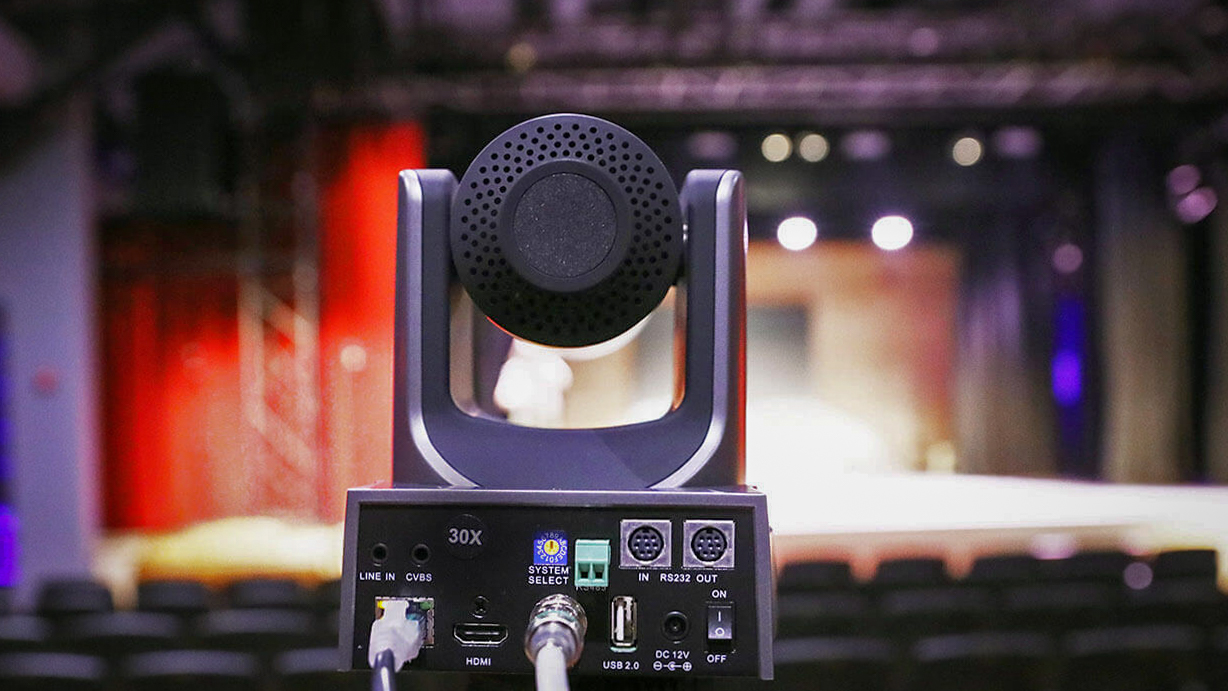
The right PTZ camera can greatly improve the quality of your streaming, web conferencing, or video production. We’ve tested a range of options, from high-end broadcast cameras to more portable, budget-friendly choices, and this guide will help you find the best PTZ camera for your needs at the best price.
PTZ (Pan/Tilt/Zoom) cameras come equipped with motorized stands that allow for remote control, AI-driven automatic operation, or both. Their popularity has grown recently, and for good reason. A PTZ camera that tracks your movement can be a game-changer for Zoom presentations or live streaming on social media, especially if you like to move around during your sessions.
Beyond small studio setups, larger venues such as churches and conference rooms have also adopted these cameras to deliver professional-quality footage to wider audiences. In this guide, you’ll find PTZ cameras tailored to various needs (excluding our picks for security cameras, which are covered separately).
We’ve compiled a list of the best PTZ cameras available today, complete with key specifications to help you make an informed choice and real-time links to the best deals.
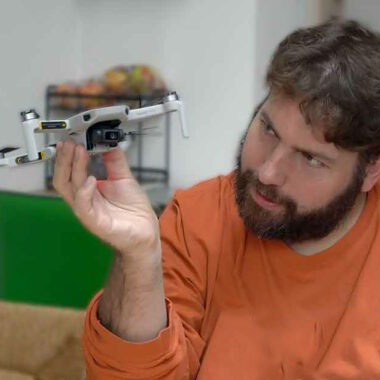
Adam has been obsessed with looking at cameras and gadgets for his whole life, and has developed a deep knowledge of special-purpose cameras, including PTZ cameras, webcams and action cams. (He's also our drone expert, and has written several bestselling books including The Drone Pilot's Handbook).
The Quick List
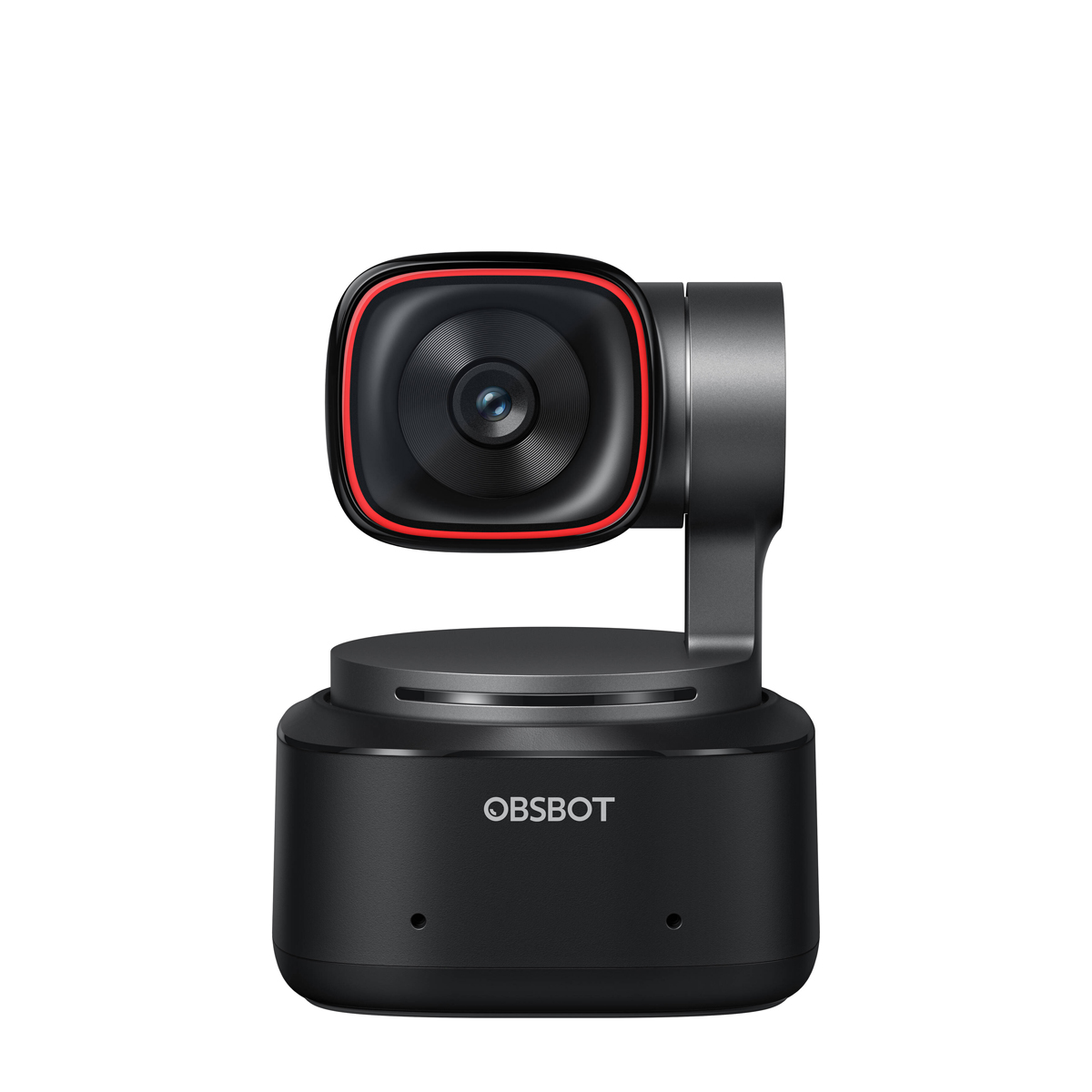
With good-quality AI that follows you and a big image sensor, this camera works in home studios as well as acting as a smart webcam.
Read more below…
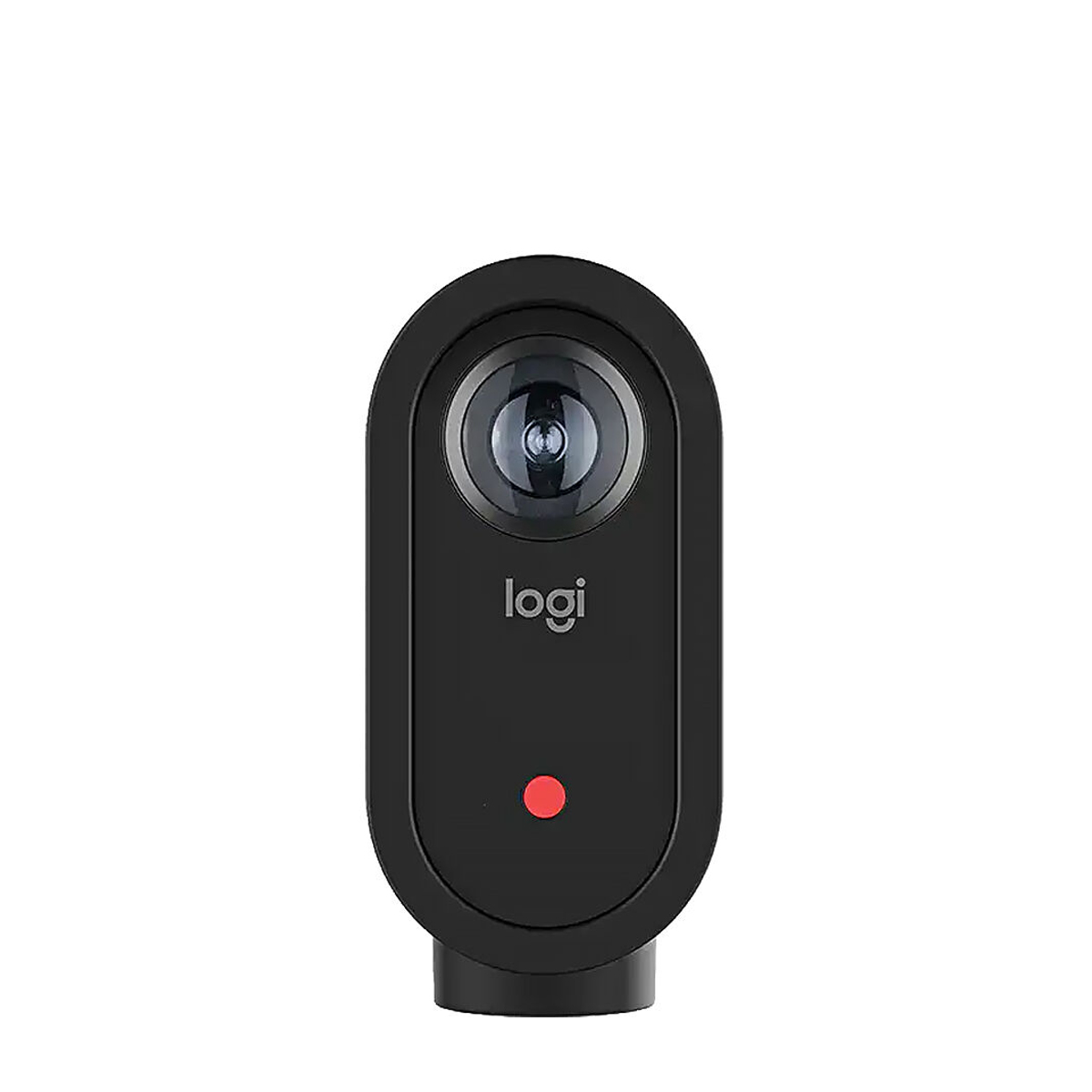
It’s not a full PTZ camera, but it can track your face, with a terrific control app that makes livestreaming really easy.
Read more below…
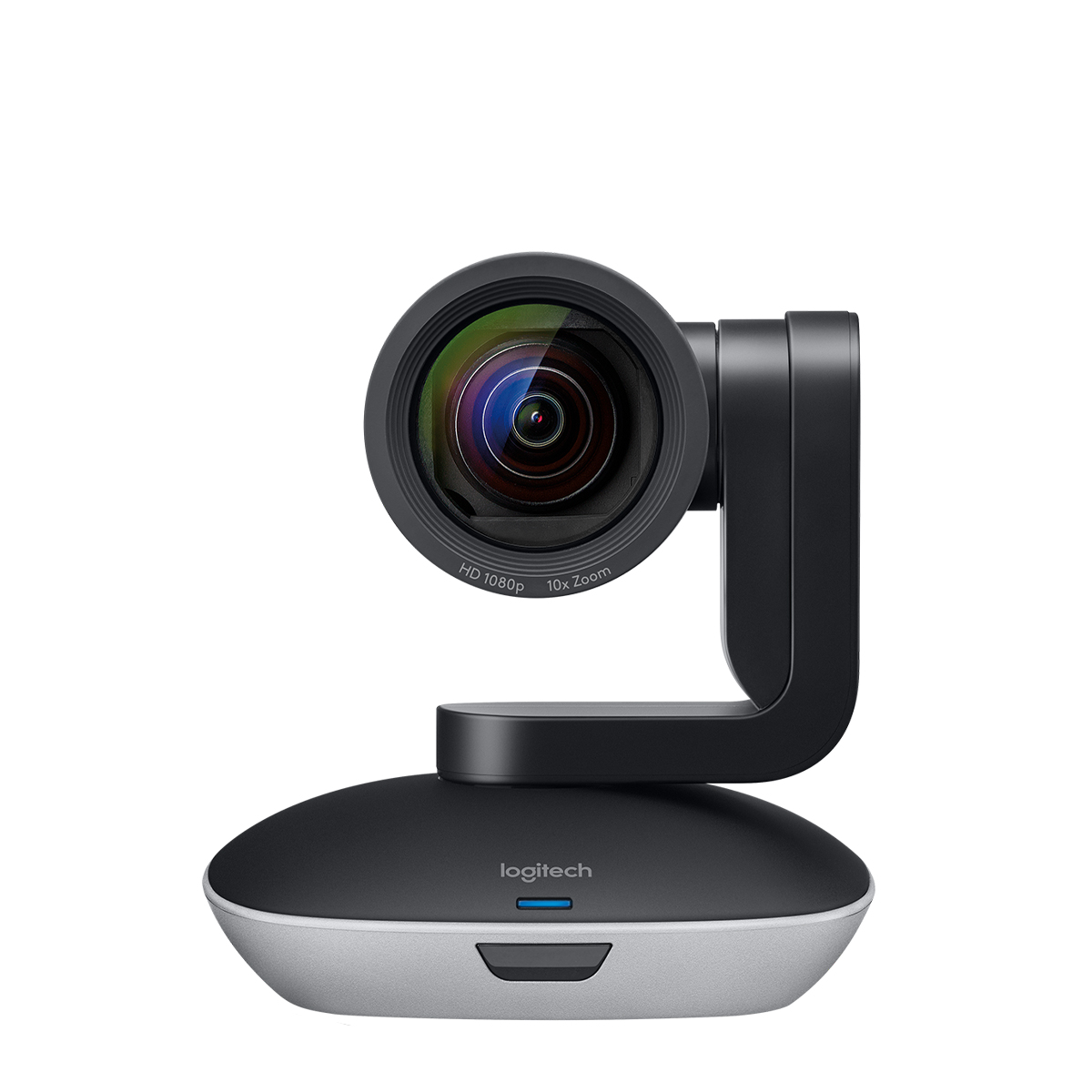
This option is nicely scaled for conference room or classroom settings, with presets available to quickly adjust the camera angle.
Read more below…
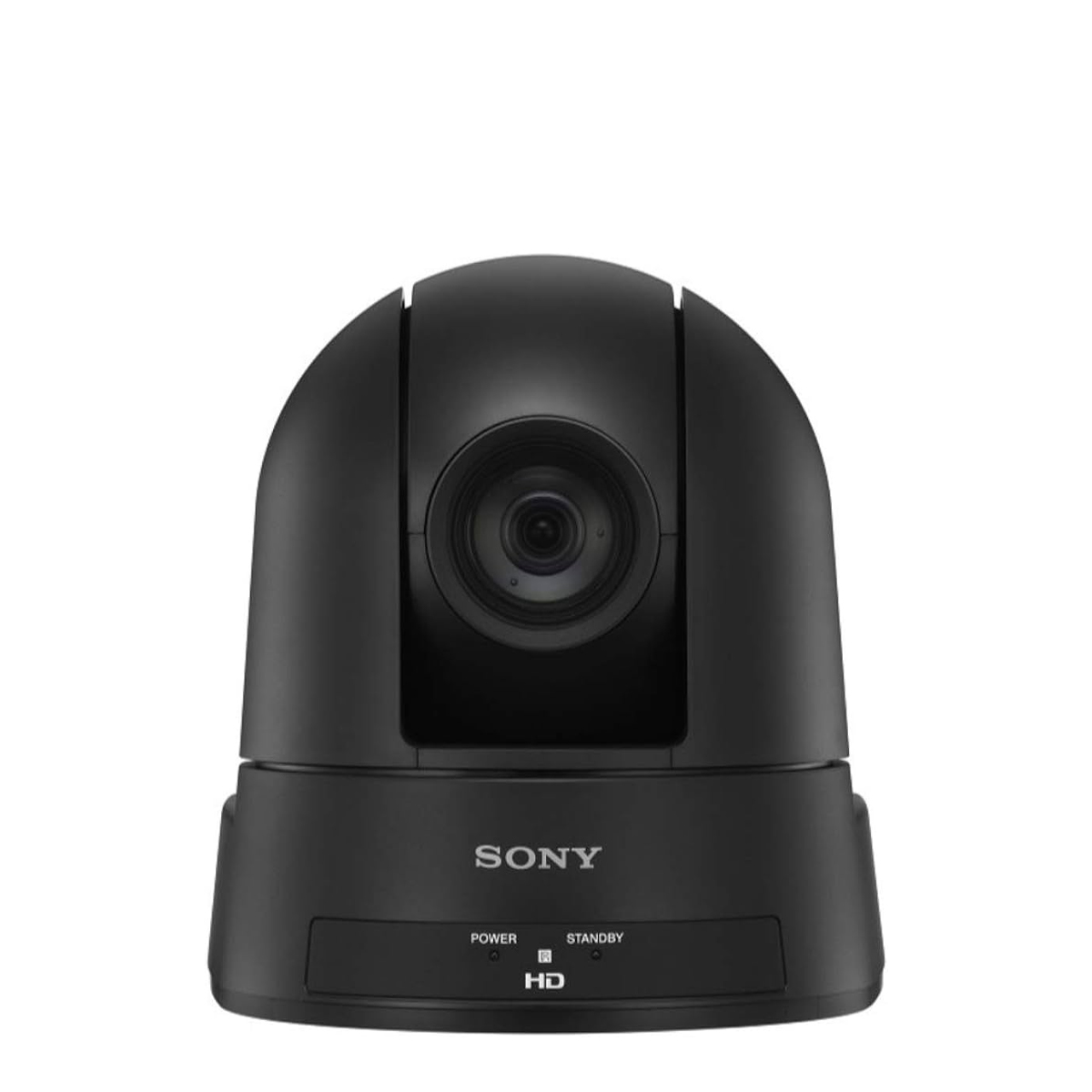
This is perfect for a large event space like a theater or a church, with fantastic low-light performance and dependable autofocus.
Read more below…

This is a very flexible and powerful camera, with 24x optical zoom and great connectivity making it suited to most jobs.
Read more below…
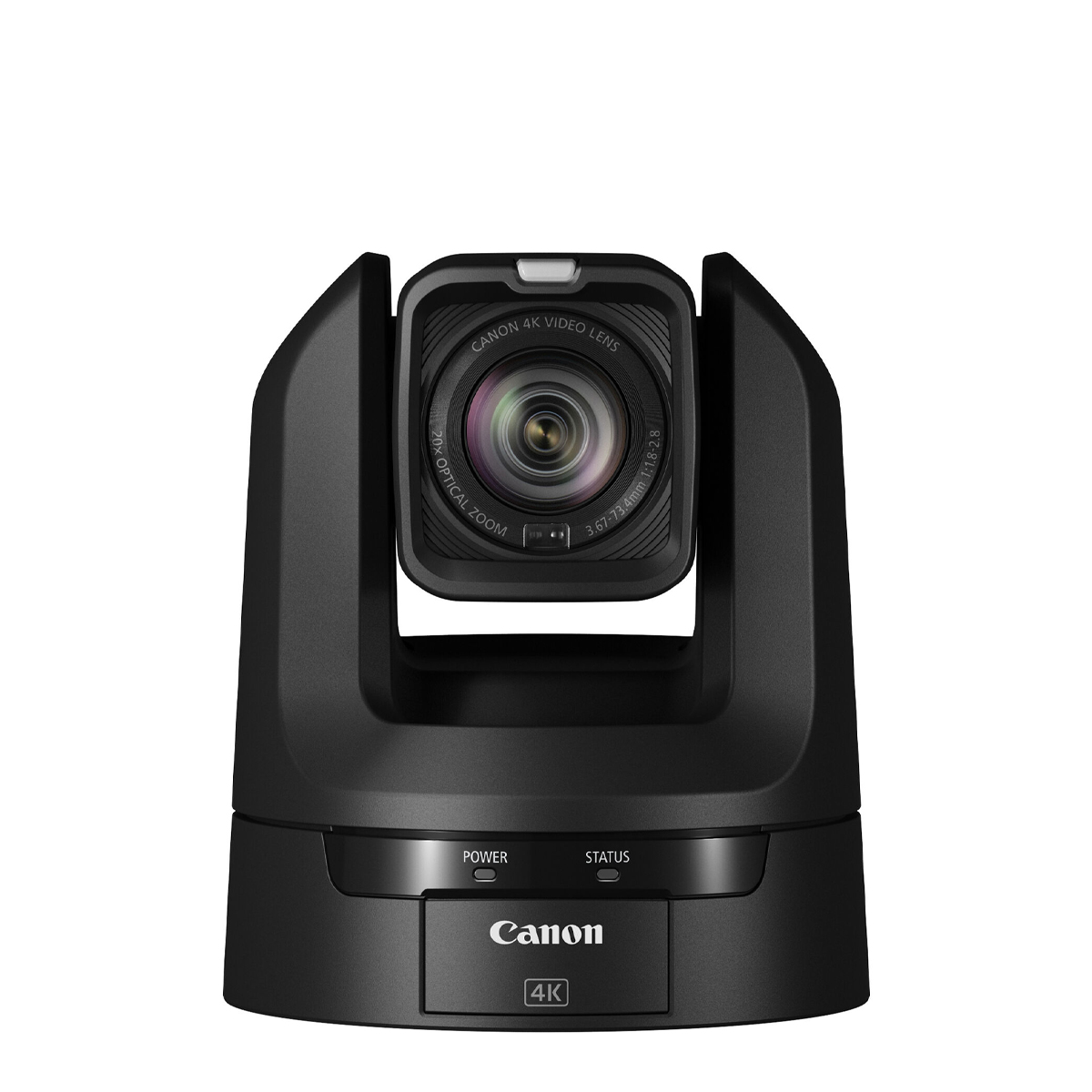
This camera offers superior autofocus to keep you sharp as you move, and there’s support for both SDI and NDI streaming protocols.
Read more below…
View the full list ⤵
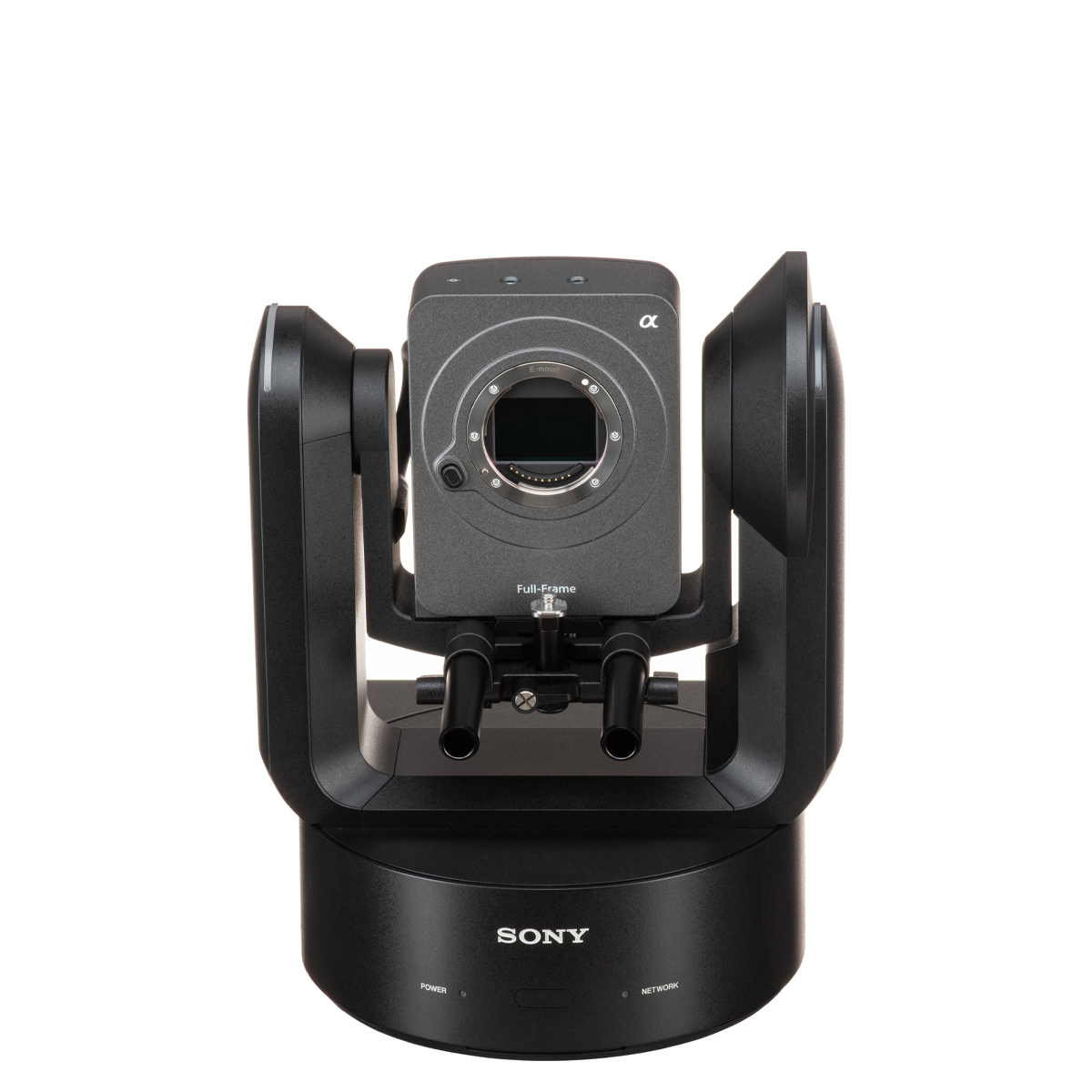
The FR7 takes the benefits of a broadcast-grade PTZ camera and adds the killer feature of support for Sony’s E-mount lenses.
Read more below…
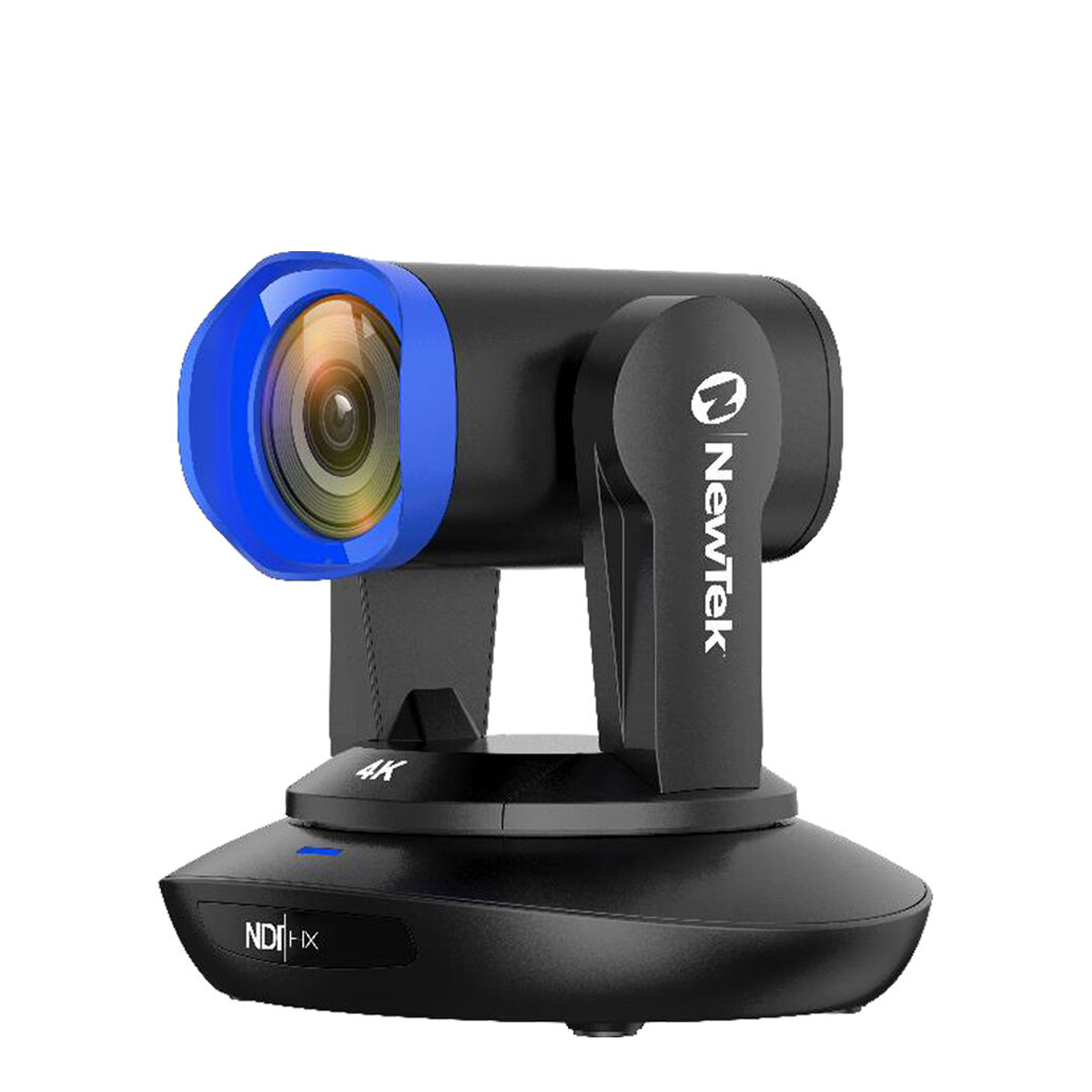
The company that created the efficient NDI streaming protocol is now part of Vizrt, so this camera has a real pedigree behind it.
Read more below…
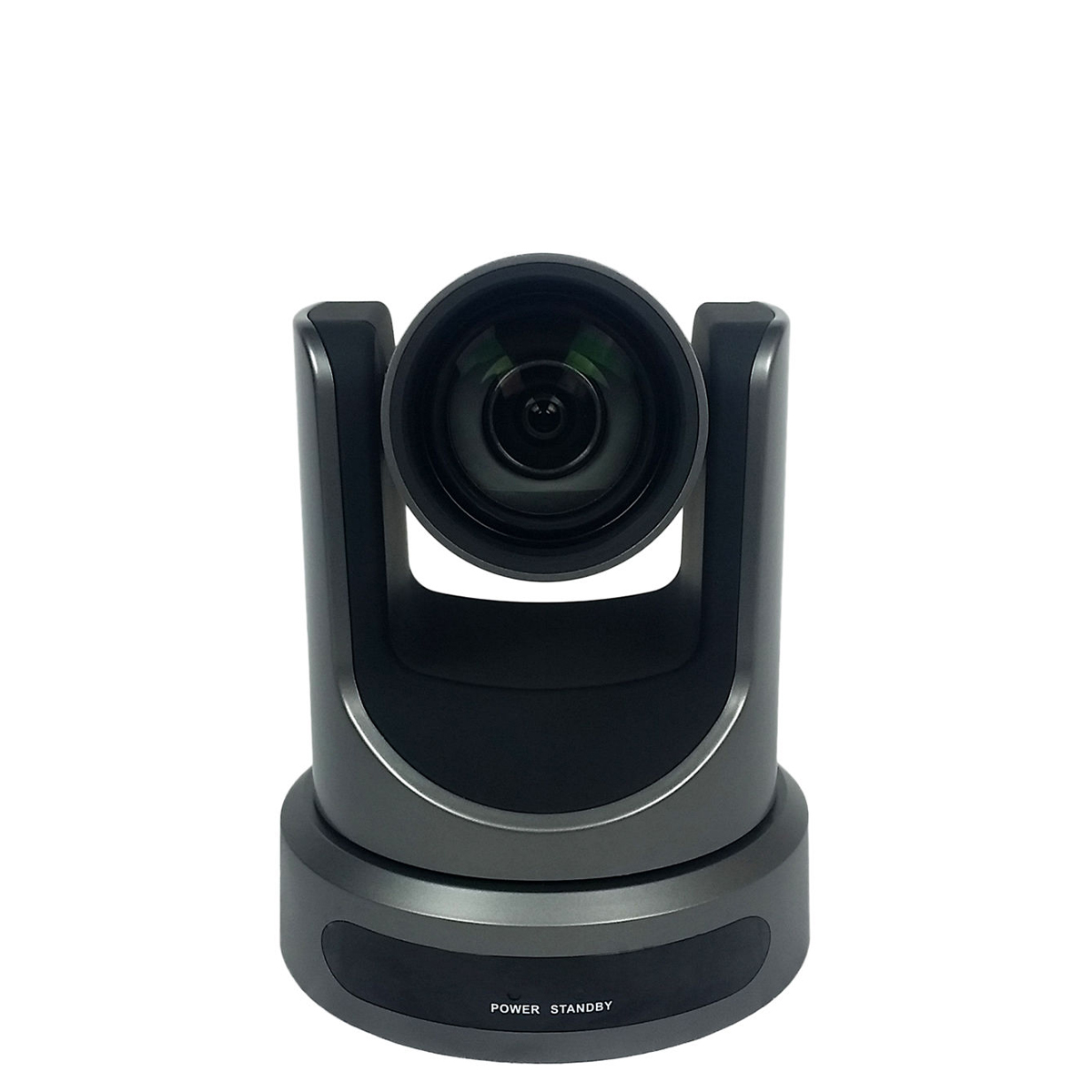
The multitude of connection sockets here can output simultaneously, so you can monitor your footage via HDMI and stream via SDI.
Read more below…
The best PTZ cameras
Why you can trust Digital Camera World
Best PTZ webcam
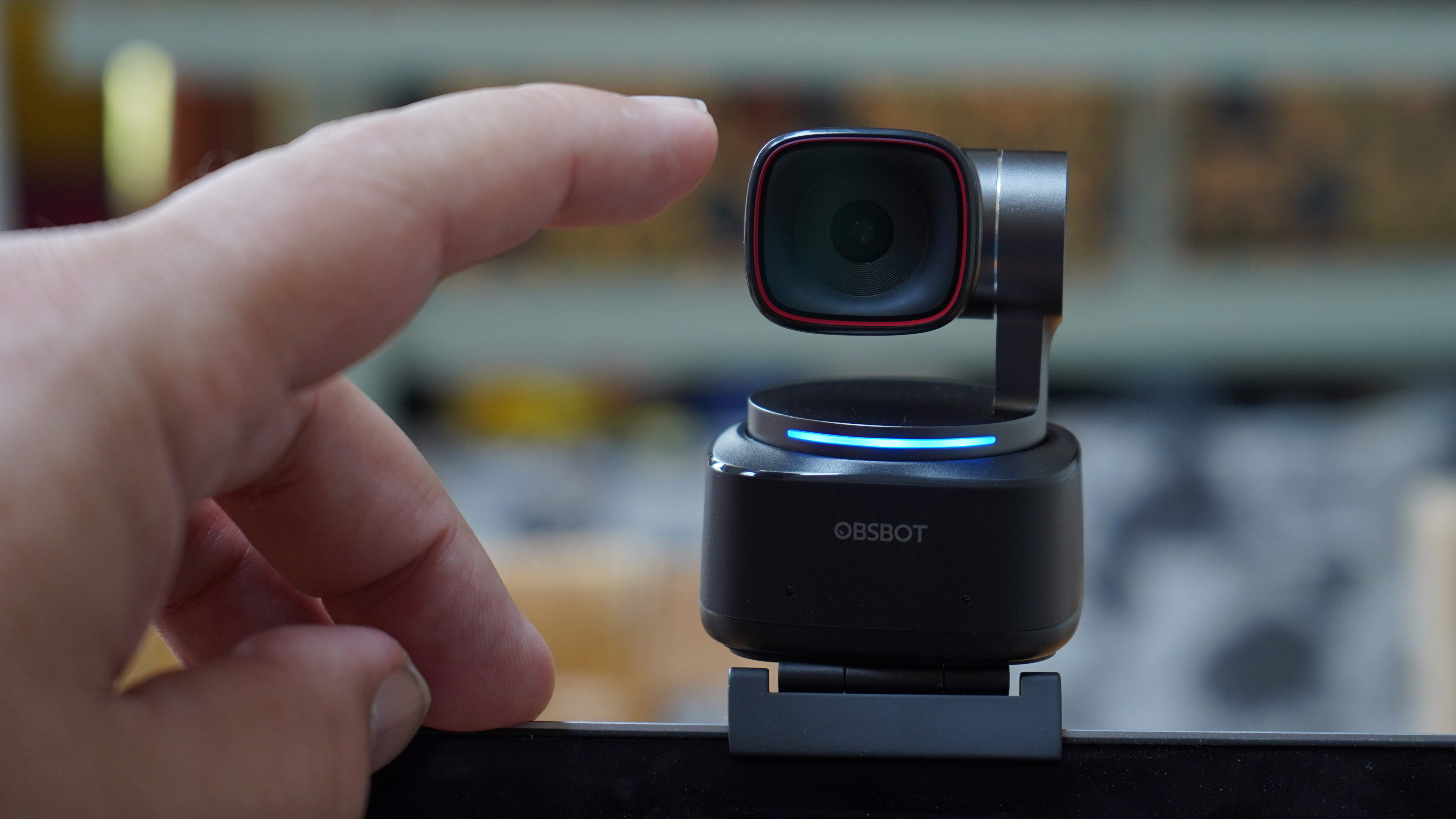
Specifications
Reasons to buy
Reasons to avoid
✅ You want something that tracks your movement: The Obsbot Tiny 4K uses AI to lock its framing on you, ensuring you stay in the frame even if you move around.
✅ You want easy setup: With plug-and-play functionality, this webcam is ready to go straight out of the box, offering 4K 30fps output that beats most other webcams.
❌ You want smoother video at higher frame rates: The 4K 30fps cap may not be ideal for users who prefer higher frame rates for super-smooth video.
❌ You want a budget-friendly option: The premium features of this webcam come with a higher price tag, which might not be worth it if you don’t need advanced functionality.
If you’re looking for an overpowered webcam that can lock its framing on you, even if you need to move around a little, then you’ve found it; the Obsbot Tiny 4K. This is the third generation of webcams from Obsbot – a company founded on AI tracking cameras including the Tail. Last time the big new feature was 4K, which this still offers, but the latest upgrade is a larger dual-ISO sensor that produces excellent image quality.
Obsbot exists thanks to the enthusiasm of Indiegogo backers, and has continued to develop a very effective AI system. Operation is as simple as plug and play and the 4K 30fps output beats most webcams. Streamers will in essence get a camera operator they can direct, even using voice commands – ideally suited for live events via OBS or Twitch.
The HDR and other qualities can also be seen as a benefit for home workers with inconsistent lighting. Support of scaleable H.264 encoding keeps quality good, while tracking is engaged and disengaged by hand gestures or voice control. An LED lets you know the AI understood your instruction, which quickly becomes natural to use. Even more instinctive is the privacy mode: just grab the camera and point the lens down! We also appreciate the included hard case so you can use it wherever you go.
Read more: Obsbot Tiny 2 review
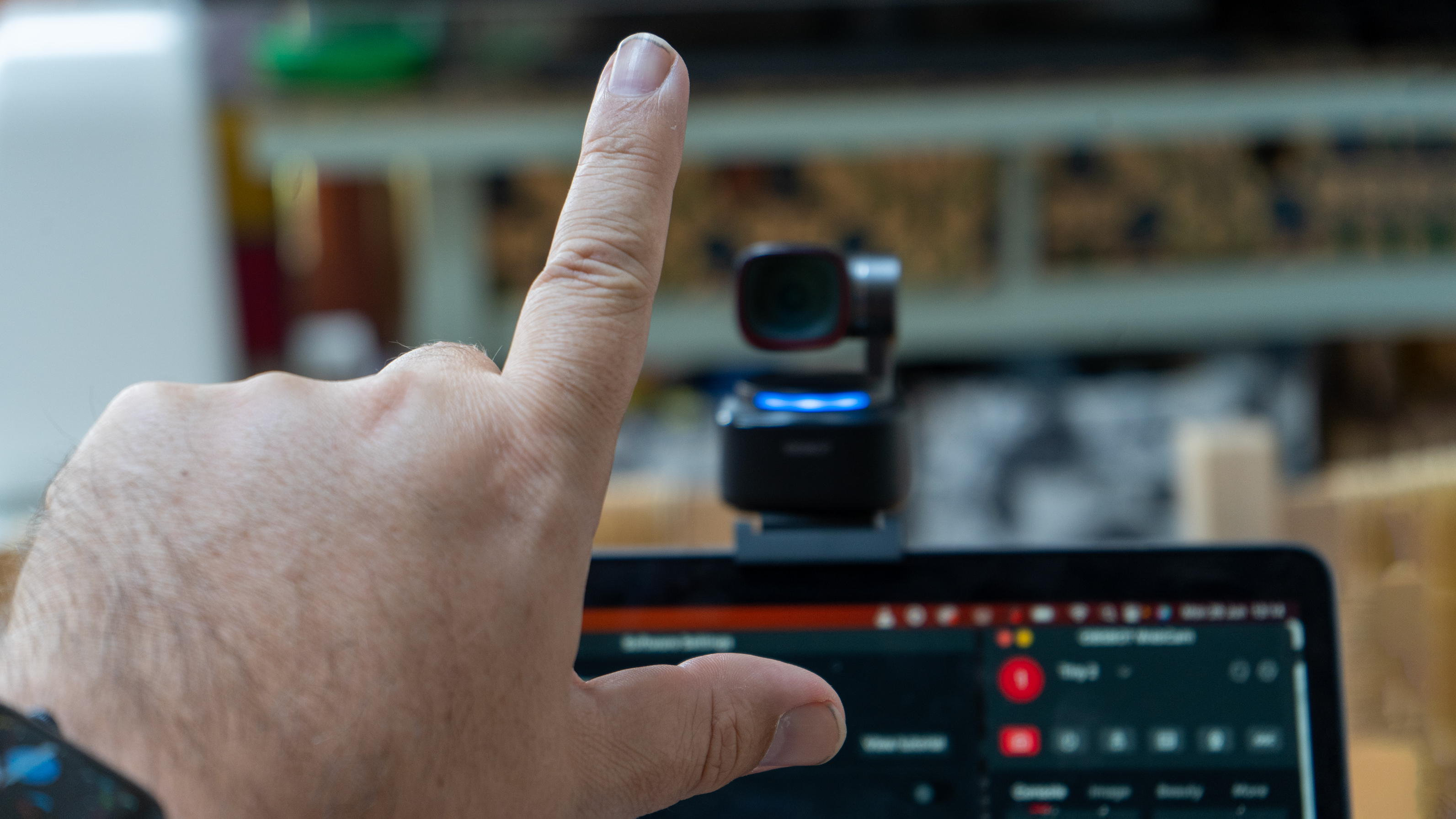
Best PTZ camera for livestreaming
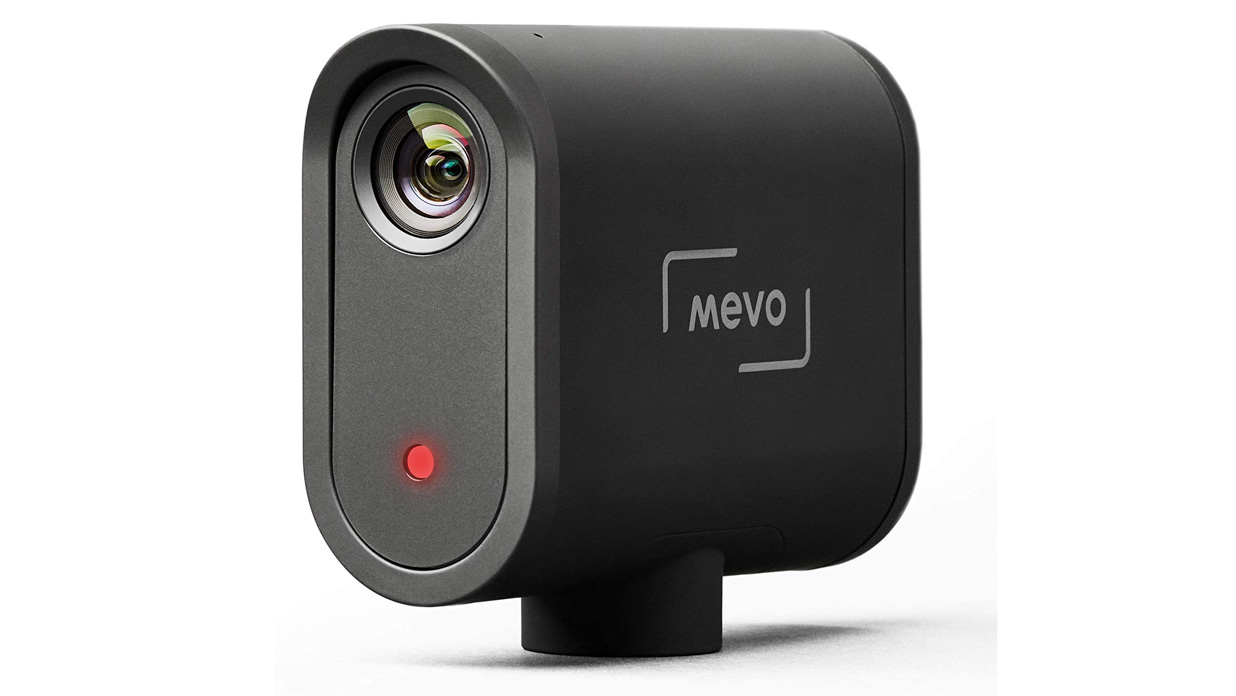
2. MEVO Start
Specifications
Reasons to buy
Reasons to avoid
✅ You want easy control via your phone: The Mevo Start comes with a dedicated, user-friendly app that connects over Wi-Fi or your phone’s hotspot, making it perfect for live streaming on the go.
✅ You want long-lasting power: The camera can run for up to six hours on a single charge, ensuring you can broadcast for extended periods without interruption.
❌ You want a true PTZ camera: Although the experience is similar, the Mevo Start is not technically a PTZ (pan-tilt-zoom) camera, which may limit its functionality for users expecting those features.
❌ You want a camera with a larger field of view: The 84˚ field of view might feel limiting for users looking for a wider perspective in their live streams.
With a dedicated, and very friendly, phone app, the Start is controlled via a Wi-Fi network, or your phone’s hotspot, designed for live streaming on the go. It’s not technically a PTZ camera, but the experience is somewhat like one. It is a follow-up to the 2018 Mevo Plus, meaning that Mevo (now a sub-brand of Logitech) has had some time to listen to customer feedback. The result is a really polished product.
In terms of hardware, the tiny camera shoots either at the full 84˚ width or cropping in and tracks your face. At the same time, it records to its MicroSD card, so you’ve got a backup to edit with. You can take sound via your phone, a 3.5mm mic, or the in-built three-microphone array, which uses Fraunhofer upHear Spatial Processing.
The app is not only easy to use and connect to standard streaming platforms (Facebook, YouTube and RTMP), but offers extensive picture adjustments – either preset or manual. A paid subscription will allow you to stream to multiple platforms at once, and add live graphics.
If you’re looking to take your streaming channels on the road, this device gives you the power to broadcast anywhere, wirelessly, with impressive sound quality. You can keep going for up to six hours on a single charge, too.
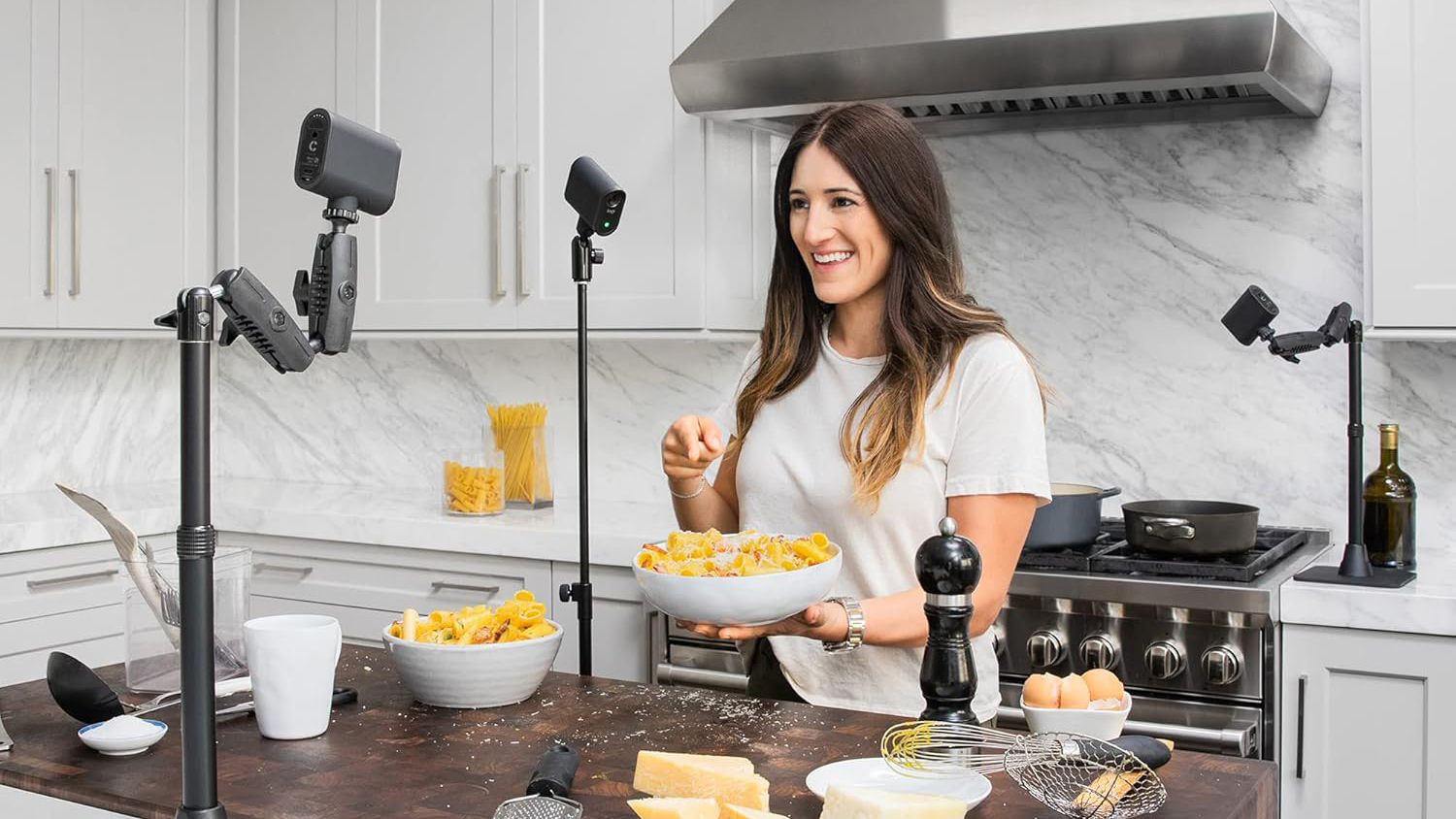
Best PTZ camera for videoconferencing
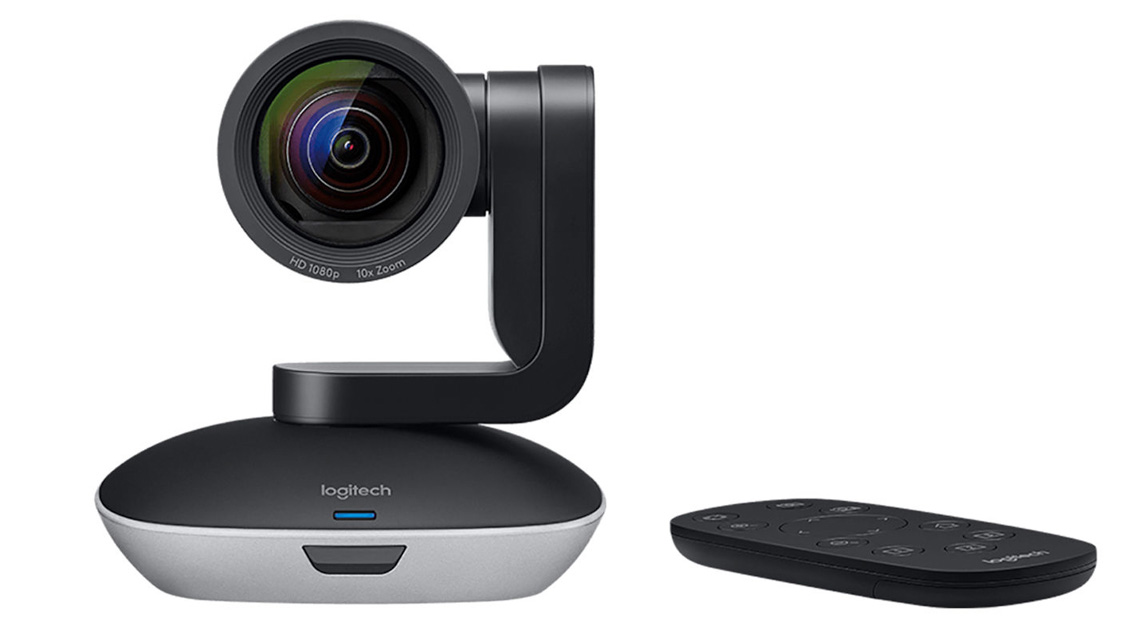
3. Logitech PTZ Pro 2
Specifications
Reasons to buy
Reasons to avoid
✅ You want a high-quality video conference camera: The Logitech PTZ Pro 2 offers better flexibility and video quality than typical system cameras, making it ideal for conference rooms or classrooms.
✅ You want smooth preset movements: The camera can be set with multiple presets, allowing you to quickly switch views during a meeting or presentation. It’s an improvement over the previous PTZ Pro, although not perfect.
❌ You want a true 4K camera: The PTZ Pro 2 doesn’t offer 4K video, so if ultra-high resolution is a priority, you may need to consider Logitech’s more expensive 4K Rally camera.
❌You want a fully integrated app experience: While you can control the camera remotely with the downloadable app, some users might prefer more built-in controls or features without the need for additional software.
Perfect for a conference room of about 20 people, or perhaps a classroom, the Logitech PTZ Pro 2 Video Conference camera plugs into your computer’s USB (Mac or Windows) via the generous 10-foot (3m) cable, and provides a more flexible and (probably) better-quality alternative than the system camera you’re used to.
A simple remote control is included in the box, and the camera can be set with presets to move between (something it does more smoothly than Logitech’s original PTZ Pro, although itcould still be better). Mac or PC users can also control PTZ and image settings via a downloadable app, and this gives the option of controlling from near or far.
It’s worth noting that Logitech does have a pricier option, the 4K Rally, which it would likely prefer you to buy (it’s near twice the price), but the PTZ Pro 2 is certified for Skype, Zoom and many other popular systems. Logitech’s devotion to certification is greatly appreciated – although, of course, it stills works where any USB webcam will. With a Kensington lock fitting, this is also a good choice in less-than-secure locations.
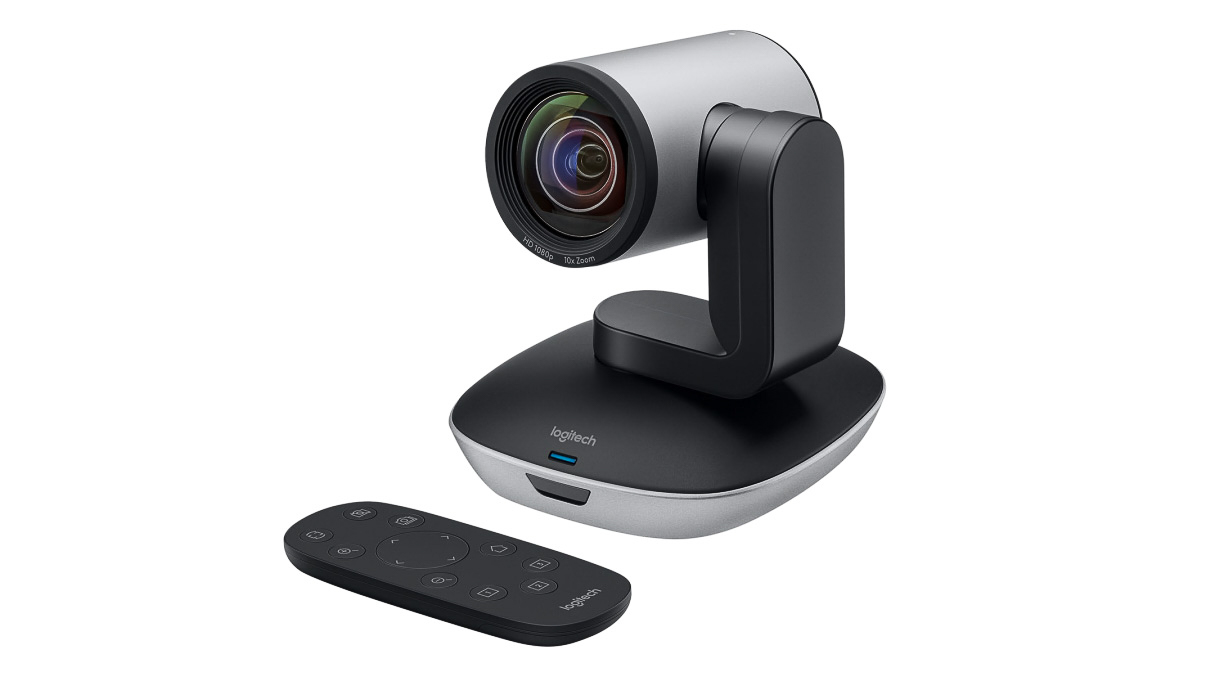
Best PTZ camera for event spaces
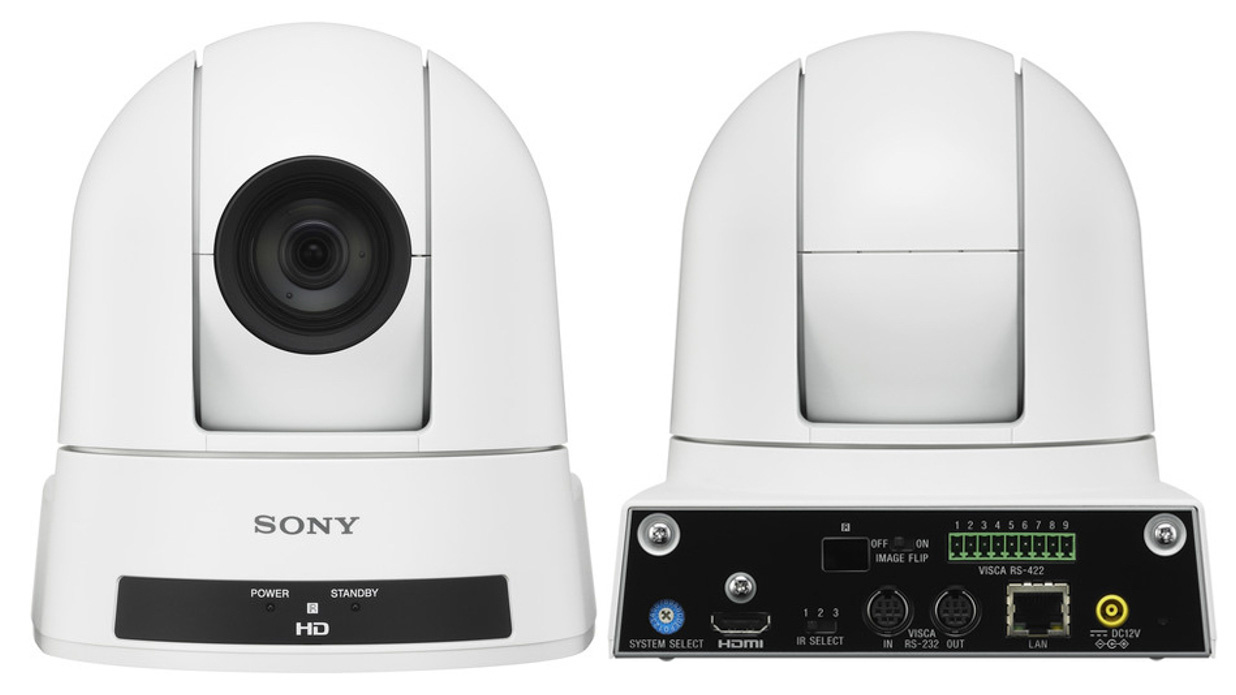
4. Sony SRG-300H
Specifications
Reasons to buy
Reasons to avoid
✅ You want excellent low-light performance: The Sony SRG-300H uses an EXMOR sensor that works in lighting as low as 1.4 LUX, delivering great video quality even in dim conditions.
✅ You want a broadcaster-friendly option: For those in broadcasting, the SRG-300S model offers lockable SDI connectors, making it more suitable for professional setups.
❌ You want advanced image control without manual switches: While some may appreciate the physical switch for image mirroring, others might prefer fully digital control for a more streamlined experience.
❌ You want a budget-friendly camera: The Sony SRG-300H, with its high-end features and build quality, may be too expensive for those seeking a more affordable option for basic video conferencing.
The SRG-300H is an excellent camera with one of Sony’s EXMOR sensors, operable in light down to 1.4 LUX (f/1.6). This offers a wide dynamic range and, paired with Sony’s XDNR digital noise reduction and 30x optical zoom, produces great streaming-friendly video.
Despite the generous optical zoom, Sony’s mechanism maintains autofocus as you zoom, resulting in much more professional-looking footage than many PTZ systems, which need to hunt again after zooming. Indeed, a broadcaster-friendly version with lockable SDI connectors is available (the Sony SRG-300S).
Ceiling, desktop or tripod mount are no problem, and some may find the physical switch for image mirroring handy. There are some thoughtful aspects to the design, too, which sit more discreetly in a corporate environment (or reality TV set) than some. The truly style-conscious can choose between black and white designs.
Overall, this is a top-notch system that doesn’t disgrace a brand much-loved by broadcasters, and this tells in both build quality and operation (even the IR remote feels robust).
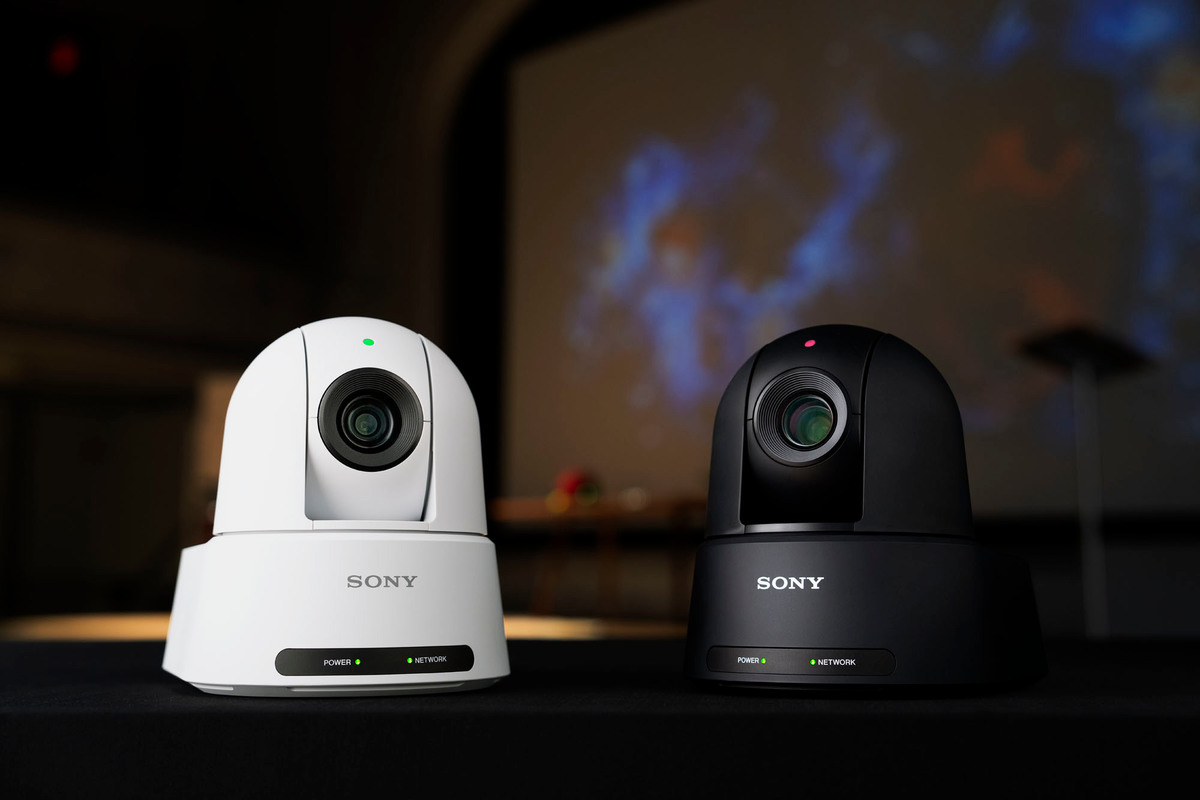
Best PTZ camera for broadcast

Specifications
Reasons to buy
Reasons to avoid
✅ You want versatile video output options: The Panasonic AW-UE50 provides multiple output formats, including IP, USB-C, and SDI, giving you flexibility for a variety of broadcast and streaming needs.
✅ You want a single-cable solution: The AW-UE50 can be operated via a single Power over Ethernet Plus (PoE+) cable, simplifying installation and reducing cable clutter.
❌ You want a completely noiseless system: Although the motor is near-silent, perfectionists or those in ultra-sensitive environments might prefer a fully noiseless option.
❌ You want a more affordable option: The AW-UE50 may be too expensive for those on a budget, but the nearly identical AW-UE40 offers a cheaper alternative, minus the 3G-SDI connector.
The AW-UE50 is an excellent camera well-suited to the needs of the modern broadcaster, thanks to the inclusion of IP, USB-C, and SDI video output. With an unobtrusive domed design, it’s compact, manages 24x optical zoom, and can even be operated via a single (PoE+) cable.
The wide-angle field of view (74.1˚ horizontal at the wide end) means smaller venues fall within its remit, and there's a variety of control systems available. Its near-silent motor system genuinely impresses with its subtlety.
If this model is too expensive for you, the cheaper AW-UE40 is nearly identical, missing only the UE50’s 3G-SDI connector.
Read more: Panasonic AW-UE50 PTZ review
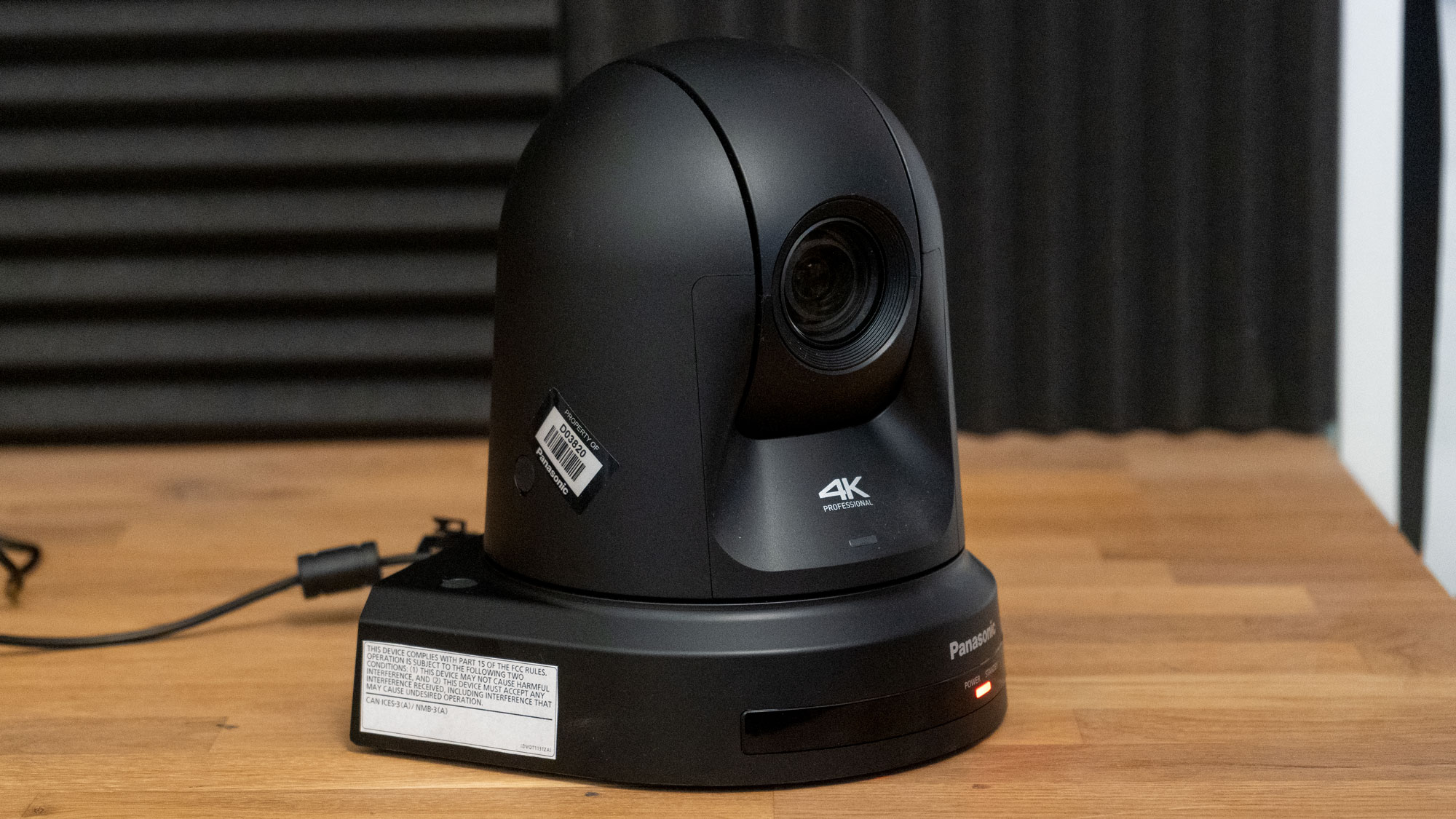
Best PTZ camera for cinematic video

6. Canon CR-N300
Specifications
Reasons to buy
Reasons to avoid
✅ You want reliable autofocus: The Canon N300 uses hybrid autofocus with a distance sensor for better reliability, surpassing contrast-based AF systems. This ensures accurate focus, especially in dynamic environments.
✅ You want to stream in 1080P or record in 4K: The 3G-SDI output allows live streaming in 1080P, while it can also record in 4K at up to 30fps, offering a versatile range of resolutions for different applications.
❌ You want a larger sensor for better image quality: The N300 features a 1/2.3-inch CMOS sensor, which may not offer the same image quality as its larger-sensor counterparts like the N500 or N700 with their one-inch sensors.
❌ You want a more powerful zoom: While the 20x optical zoom is solid, the digital zoom beyond 30x can degrade the image quality significantly, leading to a “blocky mess” at higher levels.
Canon’s range of PTZ cameras all offer excellent autofocus (the N500 has dual-pixel focus and face tracking). This smaller version assists its hybrid AF with a distance sensor beneath the lens, for higher reliability than contrast AF. Given how few operators seem to worry about focus, this is a crucial feature.
Unlike its bigger brothers with one-inch sensors, the N500 and the new N700, the N300 is built around a 1/2.3-inch CMOS with stabilized 20x optical zoom. Digital can take that to 30x safely (or to 300x for a blocky mess).
The compact size might cost, but the 3G-SDI means live 1080P can be streamed, or 4K recorded at up to 30fps. We also like that NDI output is included in the package – not a license upgrade.
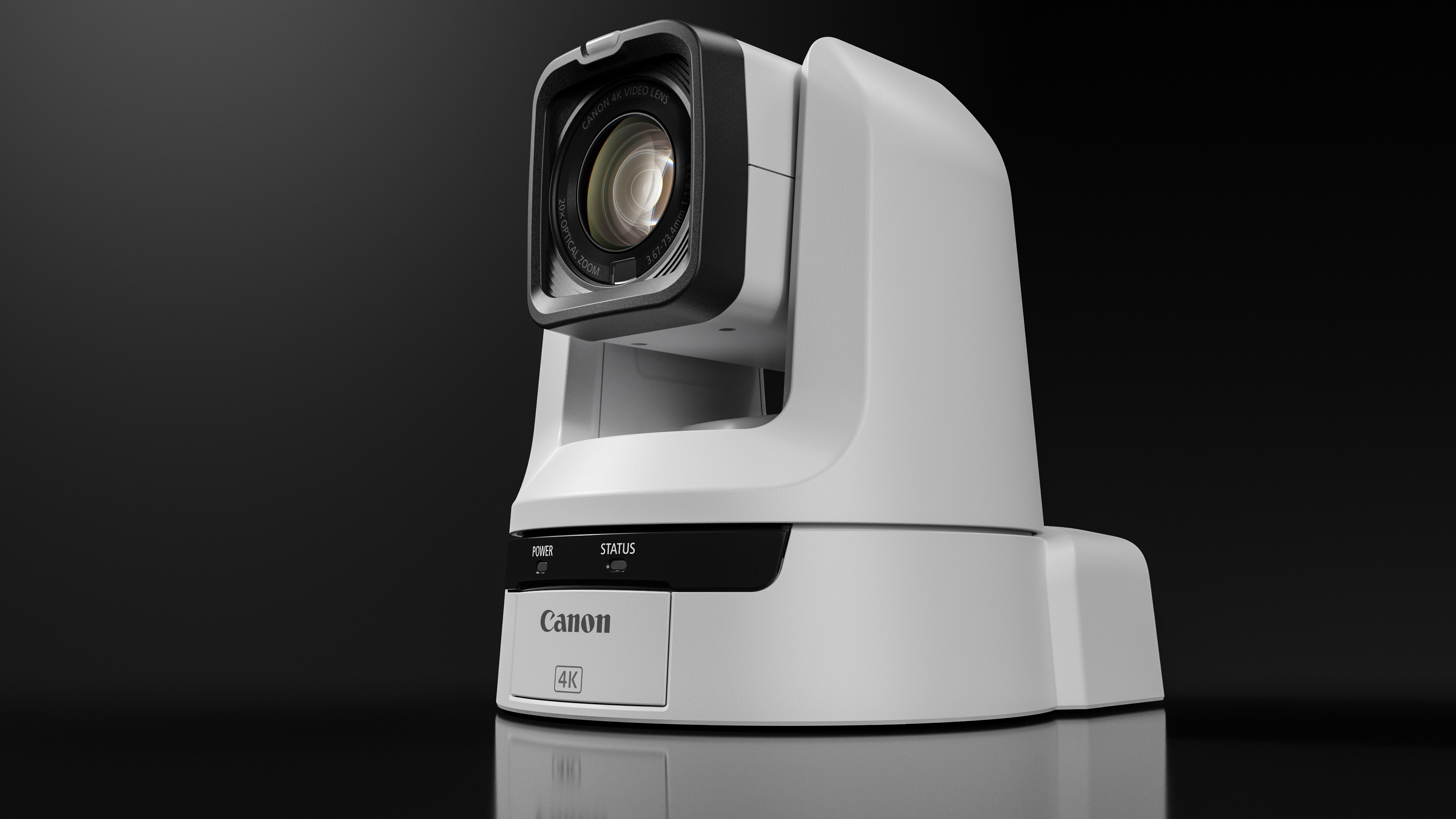
Best PTZ camera for studios
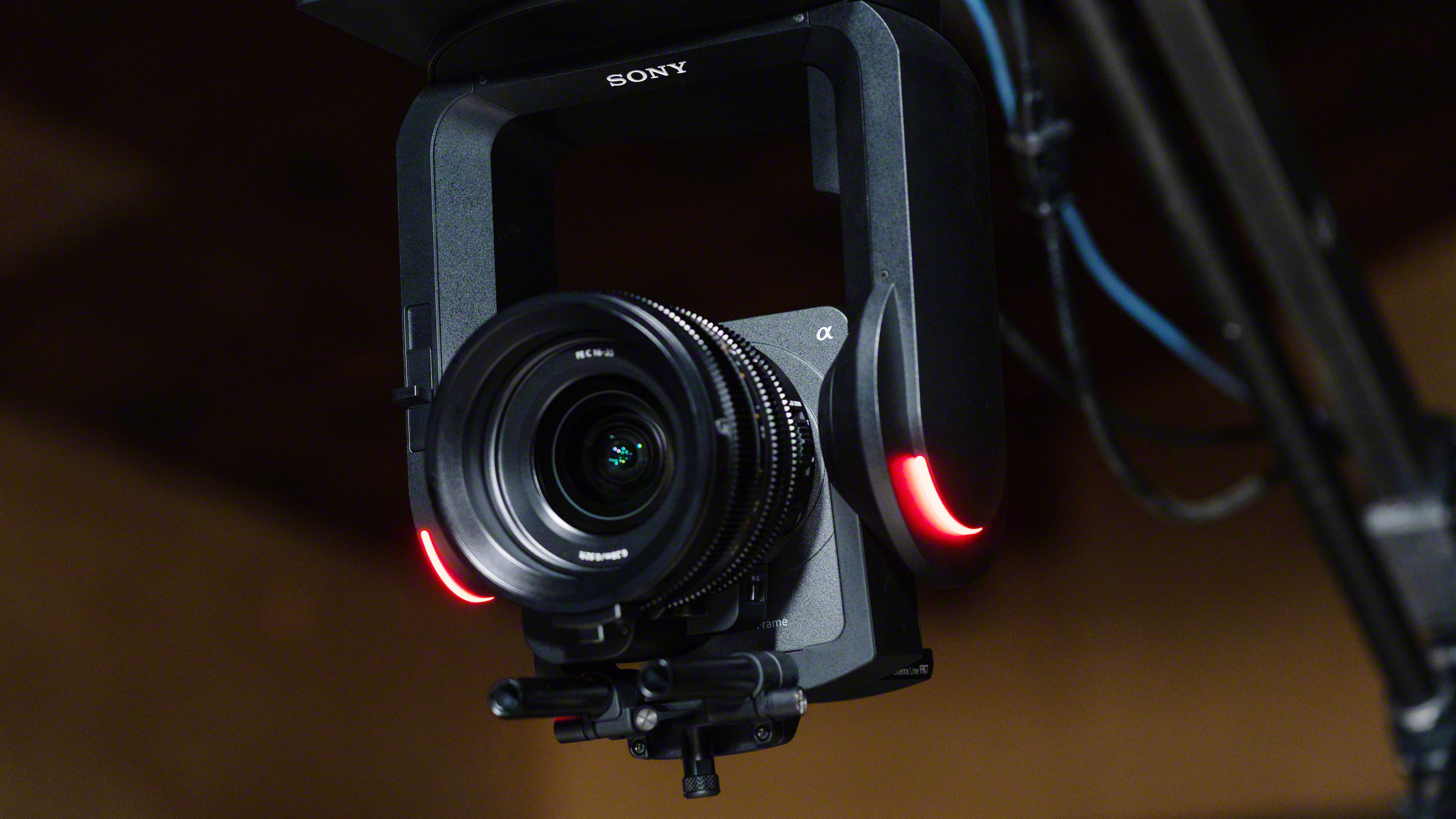
7. Sony FR7
Specifications
Reasons to buy
Reasons to avoid
✅ You want interchangeable lens support: The Sony FR7 is a game-changer in the PTZ space, allowing for interchangeable lenses, similar to professional cinema cameras like the Sony FX6, providing versatility for various shooting scenarios.
✅ You want extensive remote control options: Sony offers a robust web/tablet app for the FR7, providing extensive control over the camera settings, including programmed operation for automated shooting.
❌ You want a smaller form factor: The FR7’s cinema-level design may be bulkier compared to more compact PTZ cameras, making it less suitable for tight spaces or portable setups.
❌ You want all-in-one functionality: While the FR7 excels in many areas, it may not cater to users who prefer a straightforward, all-in-one solution without the need for additional lenses or accessories.
The FR7 takes high-end PTZ cameras into a new space by supporting interchangeable lenses. It is a genuine game-changer for PTZ, sitting in a cinema range (and sharing a lot of spec with the Sony FX6).
It even features standard 15mm rods for mountable accessories. The 10.3MP back-illuminated 35mm Exmor R sensor has ISO up to 409600, 627 phase-detection focus points, and a built-in variable ND filter.
If you want to zoom, you’ll probably want Sony’s FE PZ 28-135mm f/4 G OSS (it has powered zoom). Sony takes pride in its web/tablet app, offering extensive control including programmed operation.
Output fully supports 4K thanks to a 12G SDI connection, but there are also LAN, HDMI, and dual MicroSD / CFexpress type A cards, just as there are in the Sony FX6 camcorder.
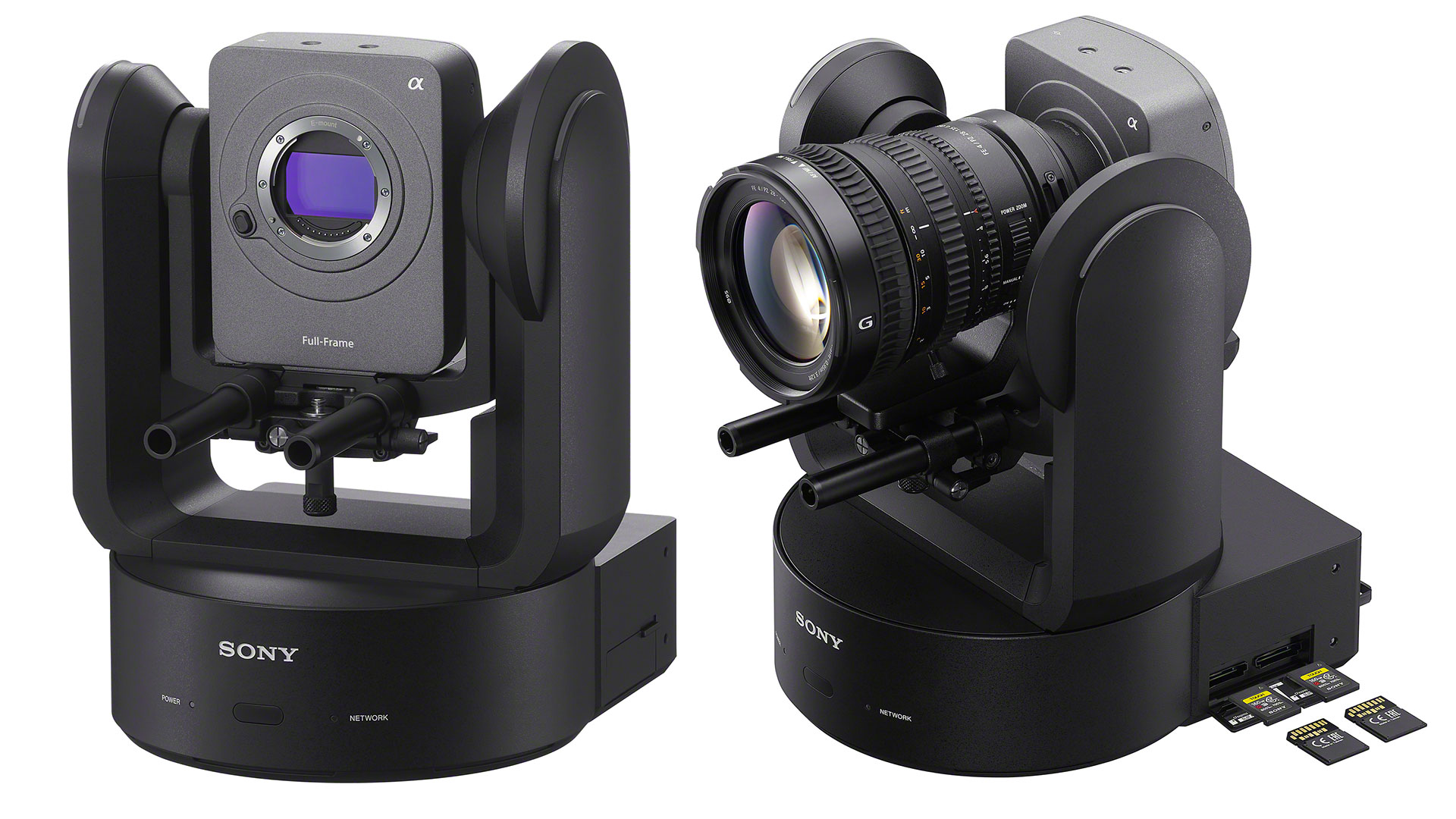
Best PTZ camera with NDI
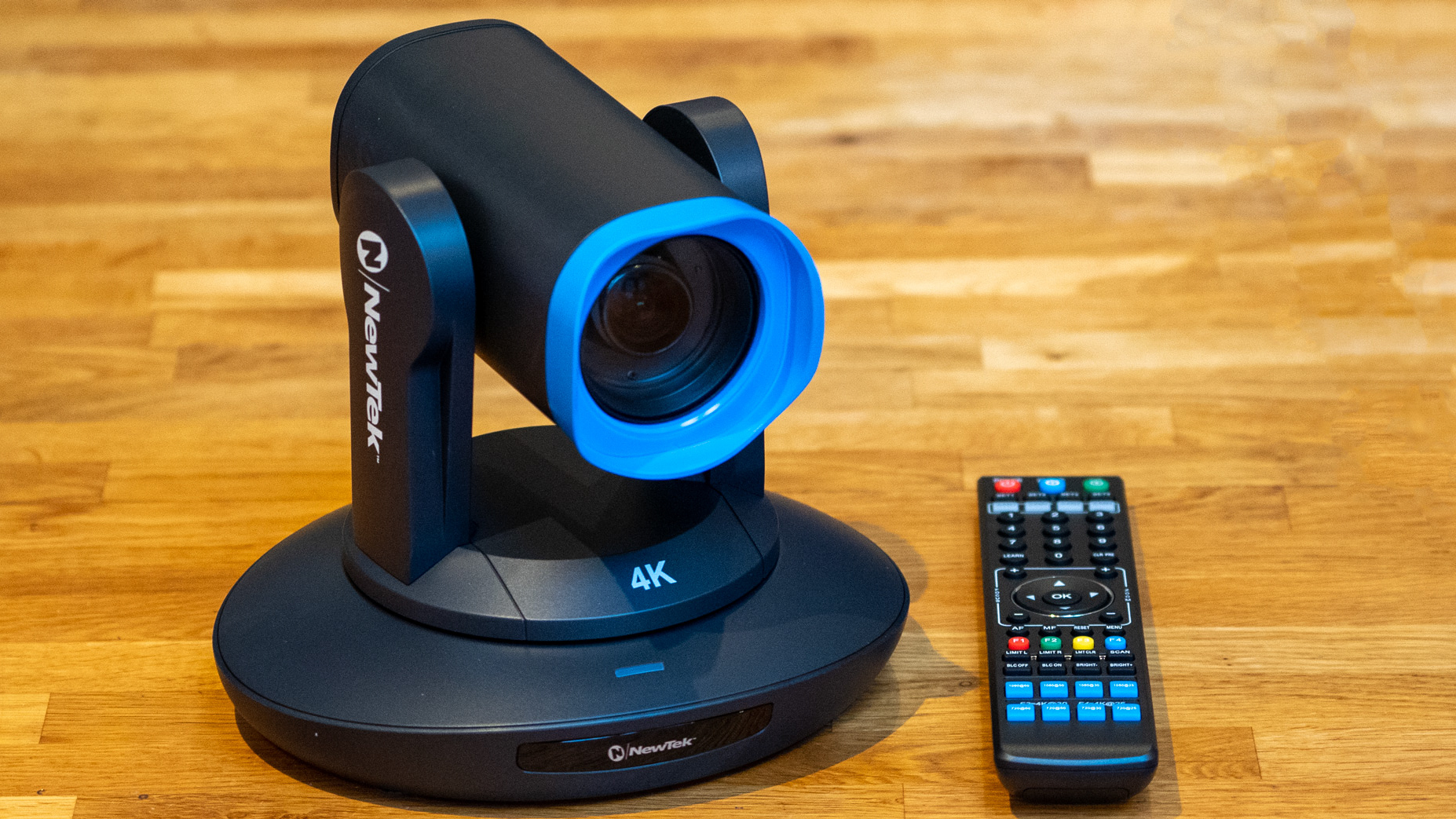
Specifications
Reasons to buy
Reasons to avoid
✅ You want tidy installation with PoE: The Power over Ethernet (PoE) functionality simplifies installation by allowing a single cable to provide both power and data, reducing cable clutter.
✅ You want accessible broadcasting technology: The PTZ3 UHD proves that high-quality broadcasting tech is within reach, making it suitable for a wide range of users from amateurs to professionals.
❌ You want consistent software compatibility: The Vizrt software works in Chrome on Mac and PC but is not compatible with Safari, which could limit usability for some users.
❌ You want a simpler interface: While the camera has multiple control options, the additional complexity might be overwhelming for users who prefer a straightforward, user-friendly interface.
If ever proof were needed that broadcasting tech is within the reach of all, this is it. The PTZ3 UHD supports NDI, the low-latency video over IP system created by NewTek, and indeed adds to it with Vizrt’s own NDI|HX protocol, which can even transmit quality video over Wi-Fi. We also appreciated the tidiness that functioning PoE offers.
NDI components can be downloaded for free for platforms like OBS. When we tested the camera, Vizrt’s software worked just fine in Chrome on Mac and PC (not on Safari, however). With a bit more time, it's also possible to position the camera with a PlayStation controller, at least if you're using a Windows system, although there is a remote in the box too!
Sure, UHD (4K) adds a chunk to the price compared with the non-UHD PTZ3, but the low-light quality the large (1/1.8-inch) Sony sensor achieves and the very long zoom range make this a sensible choice. Studios will appreciate that all the desirable connectivity, as well as tally lights, are there too.
The PTZ3 UHD was previously marketed under Vizrt’s NewTek sub-brand, which Vizrt is phasing out. You may see this camera branded as either Vizrt or NewTek, but they are the same device.
Read more: Vizrt PTZ3 UHD review
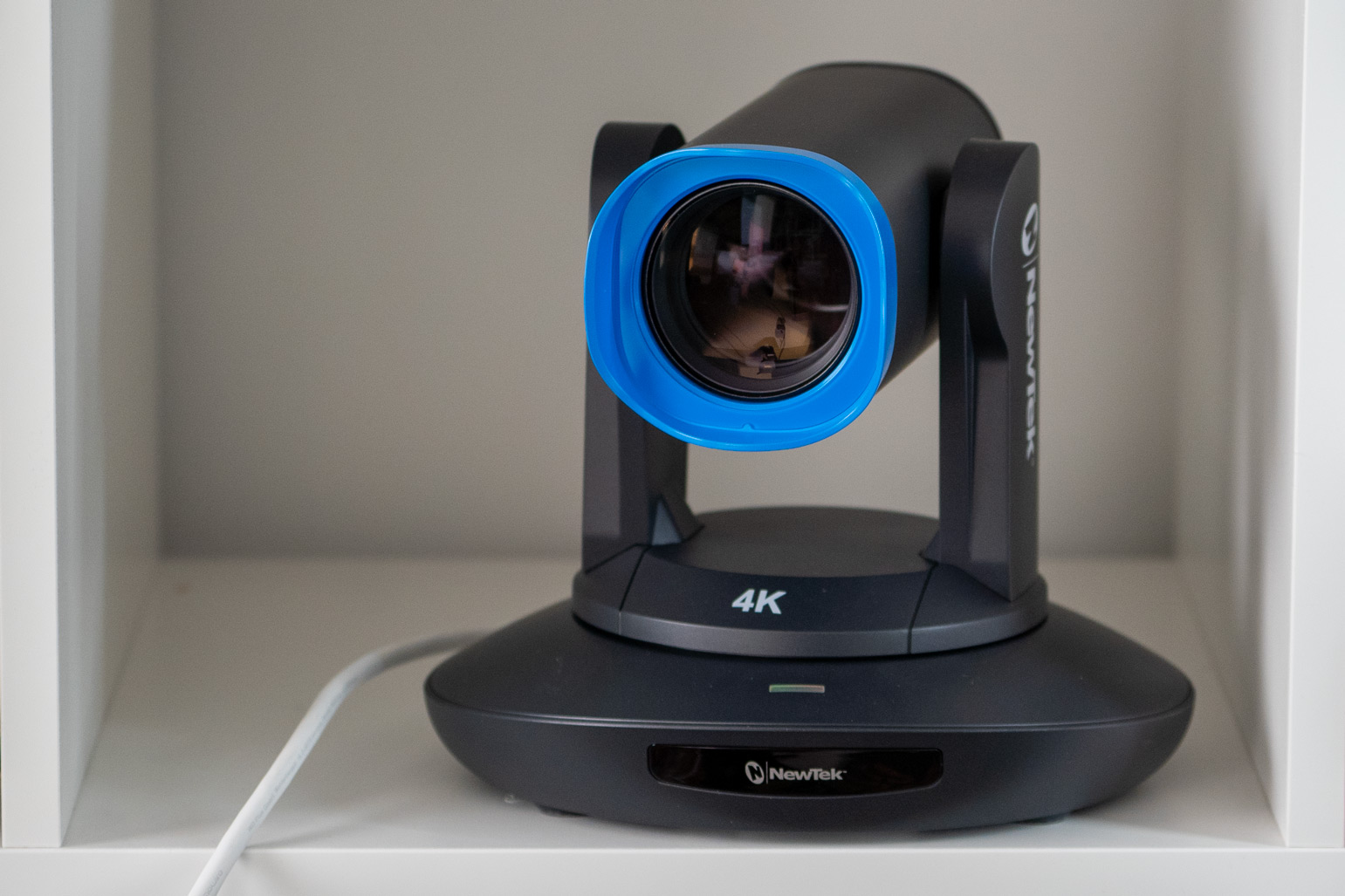
Best PTZ camera for connectivity
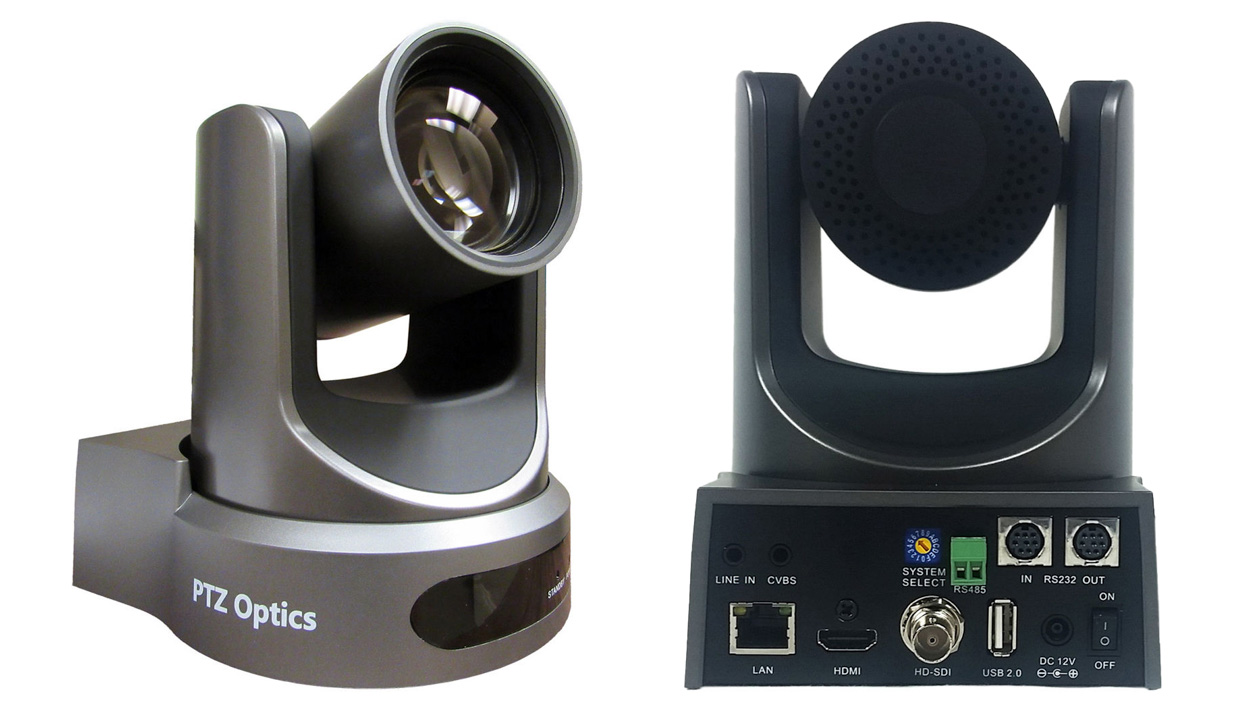
9. PTZOptics 12x SDI Gen2 camera
Specifications
Reasons to buy
Reasons to avoid
✅ You want extensive connectivity options: The PTZ Optics SDI series offers a full range of connectivity, including HDMI, 3G SDI, and LAN streaming, allowing for simultaneous use of multiple outputs during broadcasts.
✅ You want versatile remote control capabilities: With dedicated apps for iOS and Android, you can control the camera remotely, enhancing flexibility for operators in various environments.
❌ You want a more compact design: Depending on the specific model and lens choice, some users may find the cameras bulkier than desired for certain installations or setups.
❌ You want guaranteed compatibility with all software: While the open-source nature is beneficial, it may lead to varying levels of compatibility with certain third-party software or systems, requiring additional troubleshooting.
If you want a camera with a full range of connectivity and remote control options, including iOS and Android apps, the PTZ Optics SDI series (also available with 20x and 30x lenses) is the ideal choice.
These cameras have all the sockets you could want, and they work simultaneously. That means you can send HDMI to a nearby monitor for your talent while using 3G SDI or LAN streaming. You can also set the resolution and frame rate with a physical switch as you set up your broadcast.
The firm, whose name gives away its devotion to PTZ tech, is also known for its dedication to creative software development. Along with its Mac/PC app for camera control, it has a dedicated OBS plugin and makes its system open-source to help users create their ideal setup. This, in turn, yields useful features that traditional broadcast brands might not have thought of, such as compatibility with Xbox controllers in lieu of expensive broadcast joysticks.
If you don’t choose one of the near-limitless controller connections, there is an IR remote in the box that has a very thorough range of options – including slow and fast zoom rockers, auto and manual focus, camera select, and the keypad you need to choose one of the 255 preset positions.

How to choose the best PTZ camera
What does PTZ mean?
PTZ stands for Pan-Tilt-Zoom. It is taken to mean a camera which has motors so can remotely be told to Pan (turn left and right), Tilt (turn up and down) and Zoom on a subject.
Do all PTZ cameras have an optical zoom?
No. The term PTZ is so well understood for remotely controlled cameras that, even where no zoom or a digital-only zoom is available, people often still refer to them as PTZ. On this list, for example, the Obsbot Tiny 2 has a digital zoom, though at least up until 2x you might not even spot it.
What are PTZ cameras used for?
PTZ (Pan, Tilt, Zoom) cameras are utilized across various fields. Their remote operation is particularly beneficial in TV studios, where operators can easily track talent. They also excel in hard-to-reach areas of sports venues.
Many PTZ cameras incorporate AI technology to track subjects, making them versatile for applications ranging from webcams that follow people as they move to security cameras. Even drone cameras often feature remote tilting capabilities! If you can imagine a scenario, there’s likely a PTZ camera designed to meet that need.
Which features should I look out for while I choose my PTZ camera?
Mounting options are one important thing to consider. Resolution is another. Connectivity is critical, too: you'll want to know what quality video signals you can get out via what sockets, and whether it’s possible to attach a microphone for pro-quality sound. This is especially important if you’re using the PTZ camera to create a live stream over IP.
How we test PTZ cameras
We have reviewed many of the cameras on this list personally by connecting them to a home studio. What we're looking for is how quickly the camera can move from one subject to another in different lighting conditions, as well as how easy the camera is to set up using the kind of equipment most streaming broadcasters have available to them. We think being able to handle low light, as well as high contrast, are both important – low light is very likely when there is a lack of professional lighting, true in most situations, and high contrast might still happen in, for example, the theatre. Most full reviews will feature a video sample recorded using a platform like OBS, further simulating the experience of ownership.
Find out more about how we test and review on Digital Camera World
Get the Digital Camera World Newsletter
The best camera deals, reviews, product advice, and unmissable photography news, direct to your inbox!

With over 20 years of expertise as a tech journalist, Adam brings a wealth of knowledge across a vast number of product categories, including timelapse cameras, home security cameras, NVR cameras, photography books, webcams, 3D printers and 3D scanners, borescopes, radar detectors… and, above all, drones.
Adam is our resident expert on all aspects of camera drones and drone photography, from buying guides on the best choices for aerial photographers of all ability levels to the latest rules and regulations on piloting drones.
He is the author of a number of books including The Complete Guide to Drones, The Smart Smart Home Handbook, 101 Tips for DSLR Video and The Drone Pilot's Handbook.
